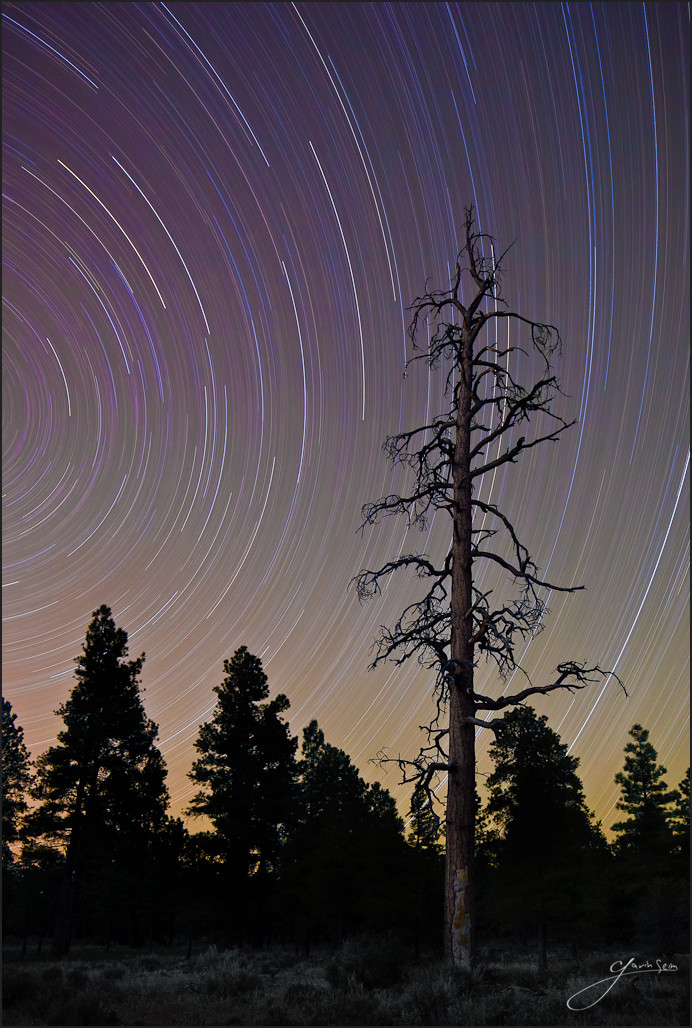by Gavin Seim. Spread the word. Because its’ time to raise the bar. I have a challenge to photographers everywhere. One that will teach us all something. I know this because I’ve started doing it. It’s addictive, educational and I plan to do it a lot more. Different expedience levels will accomplish different things, but everyone will learn something new.
When you’re done, come back post a link to your result. For those that would like, email me and I’ll even call you personally to critique and talk about the image for no charge.
The premise is this. Nearly every photographer I know needs to SLOW DOOWWN. I’ve encountered this in everyone from newbies, to some of the most experienced and award winning photographers in the world. We need to stop the clicking and start the thinking. the better image we make in camera the better piece of art we’ll have when we’re done. There I said it. And I’m included. I’ve on a mission to slow down.

So many images being are made, but there’s not enough thought about whats happening when we press the shutter. Anyone can take a “pic”. But not anyone can be a craftsman. It’s not to say everyone is making bad images. I just think we need a moment if silence. Silence from the clicking. Making great images is not about how many you take. It’s not about having so many to put on your blog that our eyes bleed when we read. It’s about real quality.
The 111 challenge is this.
Spend one hour in the field, planning and capturing a single composition. In camera. Planning and making that single scene.You can edit after, but at least one hour making that one image that achieves one goal. It’s not that every image needs to take an hour or more. But if you really do this, you will start thinking more about every image you make. No matter long long it takes.
No matter what genre you work in, you will benefit from this one. Slowing down and learning to see in one area teaches us to do it on others. It’s opened my eyes in every area of my work. You may not be able to execute this project at your next wedding. But will help your next wedding, or anything else.
What do you get? Mainly you get knowledge. Which is extremely valuable. Every time you take on this challenge, or take it further, it will open your eyes to new ideas. Plus you get to display the Pro Photo Show achievement badge on your site along with the resulting frame.
There’s no photographer that this will not help. I speak from experience when I say it’s amazing. Remember not to pick just any subject. You need a subject that’s inspiring. You need a plan and the right light and make it all happen. This will all take far more than an hour, but once you have the goal, spend at least that just composing and planning for the final image.
Once we master this, maybe we’ll plan a day long image setup. Also for anyone that finishes and wants it, email me and I’ll call you and give an honest one on one critique session on the image for no charge. So, do you have the discipline to take this on? I look forward to seeing what you learn… Gav
Some simple guidelines.
- There’s no deadline. Think about your goal. Plan a trip or event worthy of this image.
- You can’t spend a random hour. Spend it making the best image you’ve ever made.
- You can spend MORE than one hour in the field making the image. Just not less.
- Planning the excursion, subject or post edits do not count towards your hour.
- Plan one composition. No spending an hour making random images hoping for success.
- You can make test images, but only to help you refine the one image you’re after.
- It can be HDR or bracketed if you like, but we just want to see one image in the end.
- Take your time in post. It’s not part of the hour, but it’s relevant to a great image.
- Take that one final image and post a link in the comments. Make sure it’s ONE image.





